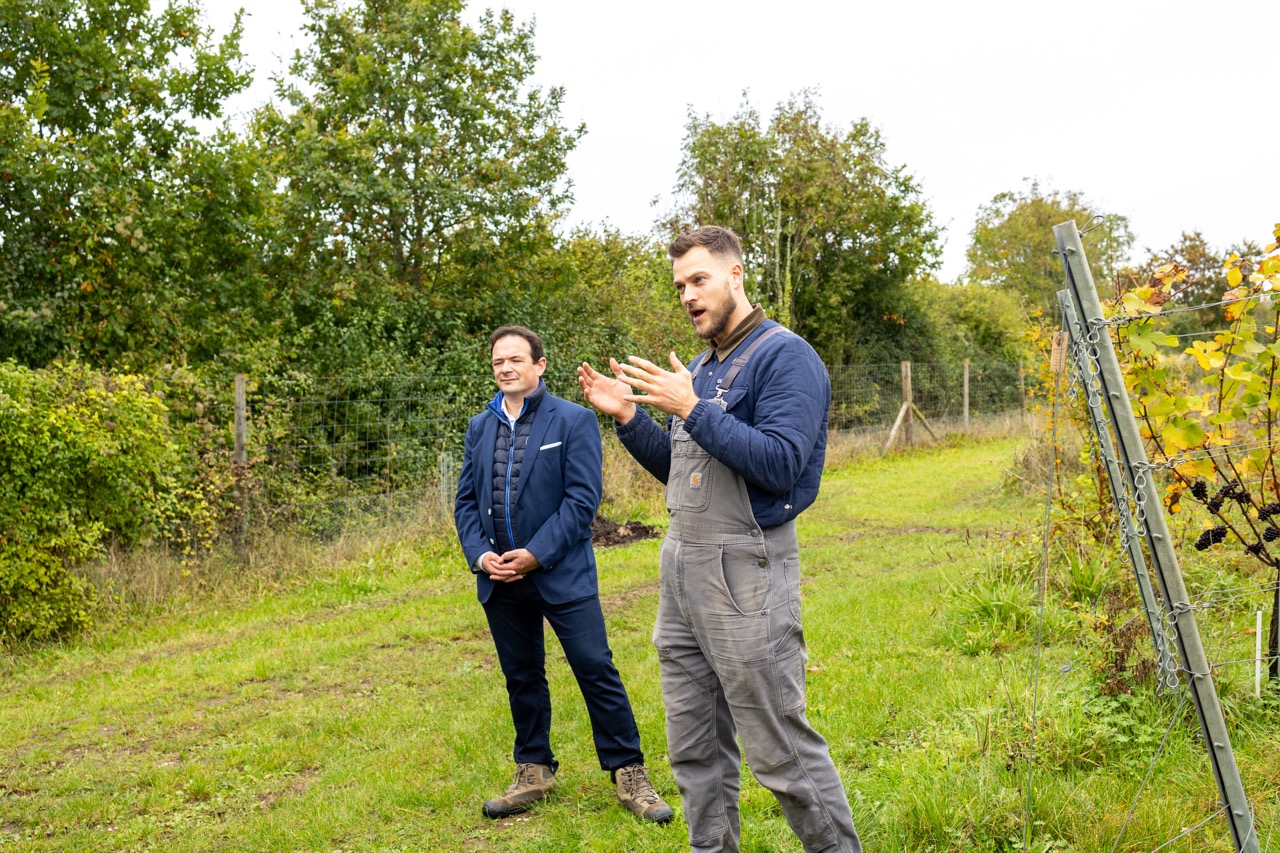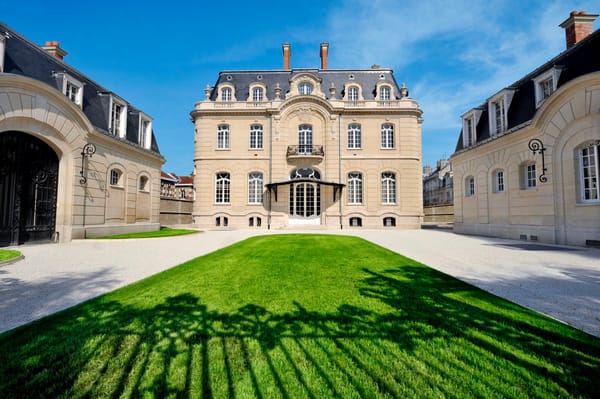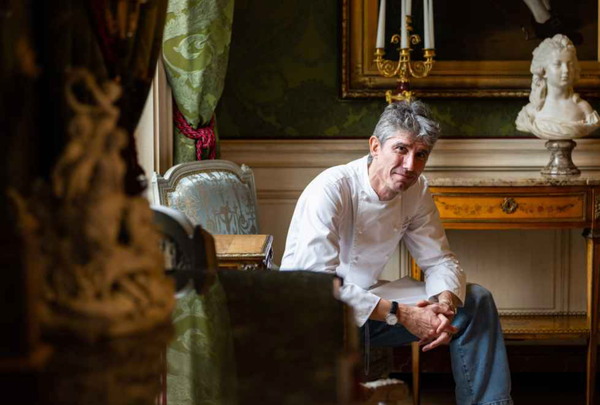Pinglestone
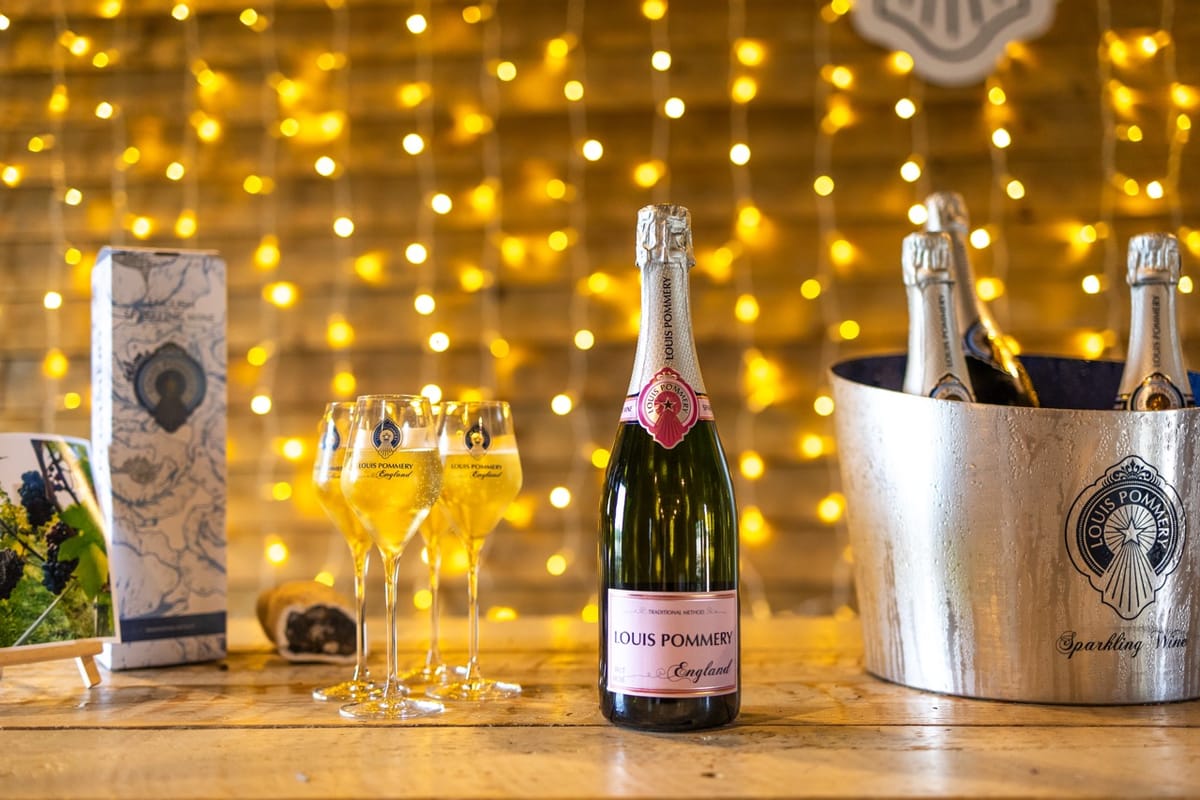
Nestled in the heart of Hampshire, England, Pinglestone Estate is part of the evolution of English winemaking, combining sustainable practices with craftsmanship to produce wines of exceptional quality. With a focus on the traditional sparkling wine trio - Chardonnay, Pinot Noir, and Pinot Meunier, grown in chalky soils akin to those of Champagne, Pinglestone creates elegant, expressive wines that reflect the unique character of its terroir. The estate’s commitment to innovation, biodiversity, and renewable practices has earned it accolades and a reputation as a leader in the burgeoning English wine industry, offering a glimpse into the promising future of English viticulture.
Winery Information
Address - Pinglestone Estate Limited, New Arlesford, Hampshire
Instragram - www.instagram.com/louispommeryengland
Winemaker - Will Perkins
Launched - April 2028
Wines made - English Sparkling Wine
Owner - Maison Pommery

Interview with Will Perkins - Pinglestone Head winemaker
Can you share a story where a seemingly small decision or change had a huge impact on the final wine?
All winemaking decisions are made on a sensory basis, which may sound trivial, but alarmingly it is far from the reality in many cases worldwide.
We have removed the somewhat arbitrary distinction between cuvee and taille when pressing grapes for our premium sparkling wines. Instead of the cuvee volume being decided by an arithmetic juice yield, all decisions in cutting both the cuvee and taille are now guided by tasting and sensory attributes of the juice.
In creating a sensory product, we feel that if decisions made along the journey from vineyard to consumer are founded upon a sensorial footing, then this perceptive charge is translated to the product and carried through to the consumer, only serving to elevate the quality of Louis Pommery wines.
What new sustainability initiatives have you implemented in the past year, and what motivated those changes?
Agroecology is the philosophical foundation of all that we do at Pinglestone Estate. With this as our nucleus, we have continued our collaborative relationship with the Hampshire & Isle of Wight Wildlife Trust, curating a 10-Year Biodiversity Management Plan for the whole estate. This has seen the introduction of new bird, owl and bat boxes around the estate as sustainability initiatives, as well as an expansion of our beehives and the increased use of sheep in the vineyard. We have also had ecological surveys conducted throughout the year, monitoring invertebrates, birdlife and botanical species found here.
We have extended our wildflower areas and biodiversity zones, in particular our conservational efforts towards protecting an endangered plant species, Pheasant’s Eye (Adonis Annua), that we are fortunate to have on the estate.
In addition, we have started working with other local businesses by using their bi-products, for example using coffee grounds, coffee bean husks and animal manure as components in creating compost on-site, as well as collaborating with a local farmer, who uses our grape skins after pressing for cattle feed and we will then use the cow manure in the vineyard in Spring.
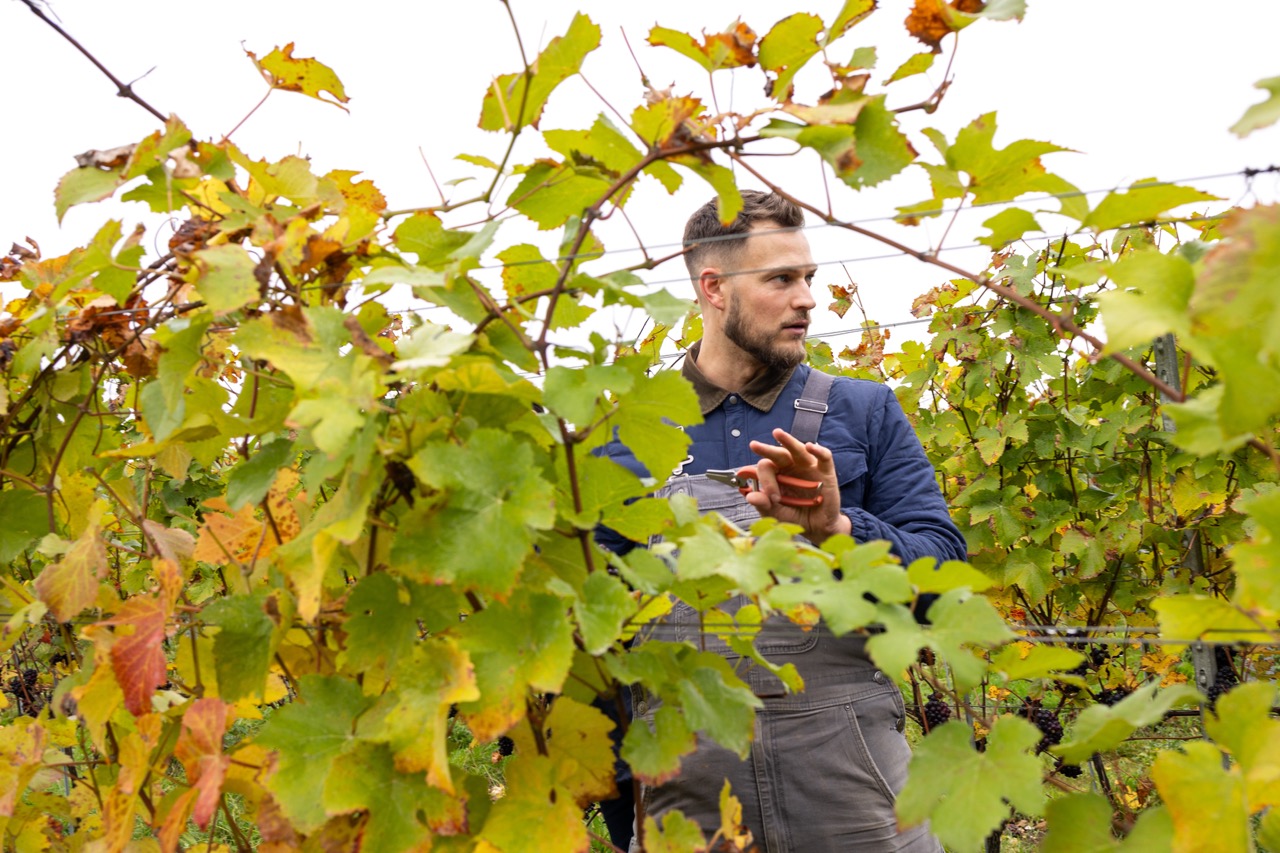
Are there any cutting-edge technologies you’ve adopted recently, and how have they impacted your vineyard or winery?
We have introduced Solar Radiation mapping, the first of its kind in UK viticulture, as a mechanism to better understand our vineyard plantings at Pinglestone Estate. Blocks are planted on a 360* compass around a woodland, with each parcel being on a differing aspect and with varied sunlight interception. This progressive and innovative mapping gives us an additional layer of insight into the nuances and idiosyncrasies of each parcel. It has allowed us to implement adaptive measures to best manage individual blocks and better understand our land. It is a case of using technological advances to get back to being closer and more connected with place.
We have also continued multi-spectral mapping for chlorophyll content in leaves, carried out by drone. This has given us invaluable understanding as to the photosynthetic capacity of our canopies in each block, and it has enabled us to be proactive in tweaking our spray program accordingly. It ties in with the incorporation of seaweed as a biostimulant into our spray program and the resultant increased photosynthetic capacity of our canopies compared to last year. Plants with more chlorophyll can absorb more light and photosynthesize at a higher rate, and we are now able to closely monitor that in real time throughout the season.
How has your team played a pivotal role in achieving your winery’s goals this year, and what qualities do you think made that possible?
We ask for four things from our team: curiosity, creativity, connection and commitment.
Being receptive to alternative approaches and different perspectives is the key to constantly enhancing and refining our product. We encourage an open forum for ideas and discussion amongst the whole team. That becomes the crucible for improvement and innovation.
In doing so, we have continued to dial into sub-sections of vineyard parcels, picking them separately and then working with them responsively in the winery, according to that particular block’s personality. With the whole team being deeply connected with the individual vineyard parcels throughout the growing season, this then allows for intuitive decisions in a winemaking capacity.
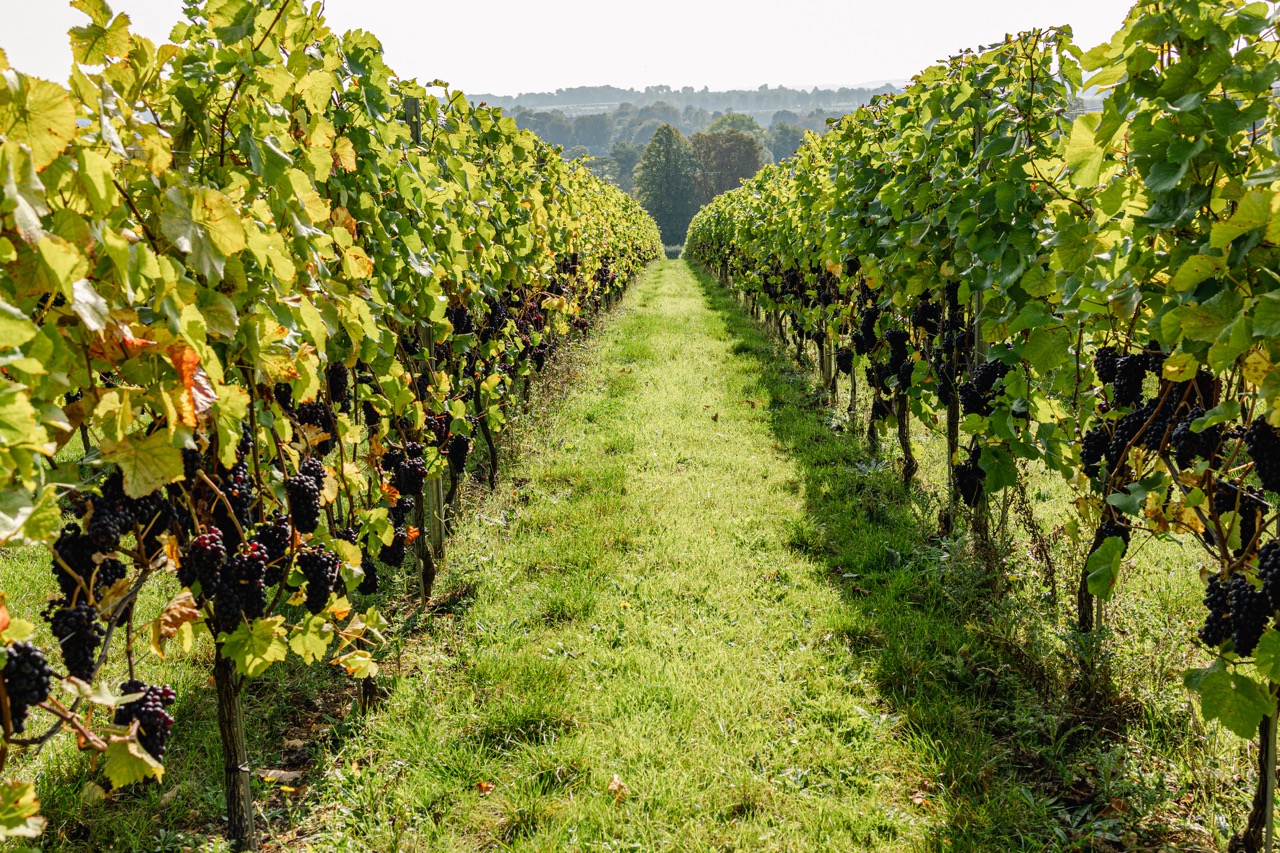
Have you had a moment where a visitor or customer shared how your wine touched their life in a meaningful way? How did that affect you?
My wife and I served Magnums of Louis Pommery England at our wedding this summer. To be able to share the product that you invest so much into emotionally, with loved ones and dear friends on the most magical day of your life is incredibly special.
If your wine could tell a story, what would it say about this past year in the vineyard and winery?
Despite all the climatic challenges that 2024 presented us, where disease pressure was incredibly high all season, proactive, nimble, and dynamic viticultural decisions helped us enormously in ensuring fruit quality and health come harvest. In farming, we are constantly at the mercy of the weather and staying agile in one’s approach was especially critical this year. Intuitive and responsive viticulture and winemaking has been asked for in this most testing of seasons.
What’s a new initiative or project you’re excited about in the coming year, and why do you think it will make a difference?
Very excited about developments of our winery project, as we look to bring more aspects of wine production under our own roof and control. This will enable greater cohesion between vineyard and winery, both energetically and geographically, and will only serve to remove limitations and improve wine quality as a result.
The more connected one can be and the closer one can work with the product on a daily basis, the more refined and qualitative it becomes.
